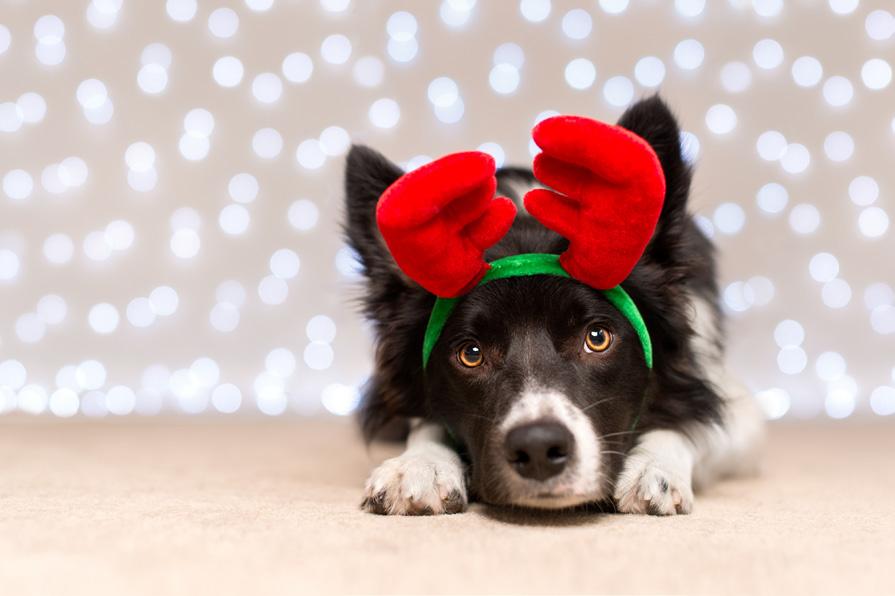
2 minute read
Flying the Safe Skies
BY NICHOLAS FABER
Like many Americans, I’ve been grounded since the pandemic hit. Heck, like many Americans, I’ve hardly gone out, let alone taken a flight. But after researching the subject, I finally decided to go airborne on an American Airlines flight to Bogota. The data looked good. In one test for air quality in 777-200s and 767-300s (which they repeated 300 times), they released 180 million airborne particles that simulated the virus. Within minutes, 99.99 percent of the particles were filtered out. In another study, the University of Arizona concluded that air travel was basically safer than going to a supermarket.
My first challenge was to get Covid tested. Most countries require a valid negative test result for the coronavirus before traveling. I had my test in hand, but it proved to be a test just for antigens, which only show if you’ve had it in the past. I could not board. Fortunately, the American staff saw me through the emergency. They rebooked me for a later flight and sent me off to a clinic that could turn around the results in a matter of hours. I got the results on my cellphone at the airport and made the second flight.
The airport concourse did not seem much changed, except that ticket and TSA agents were behind plastic shields. I was happy to see that social distancing has become the norm at Miami International, with those little blue discs for the lines to checkin counters, for the lines through security, for the lines at the gate and for the airbridge into the aircraft. Once inside, not so much; everyone was packed together as we found our seats. But it went fast and everyone – I mean every single person – was masked. And a few had face shields as well.
Once seated, I felt safe and comfortable. Why? Because of a ceiling-to-floor circulation system that pulls the air down into the floor, where it is scrubbed clean by hospital grade HEPA filters. The draw was so steady – all the cabin air is changed every two minutes – that it was actually chilly. Which, ironically enough, made it comfortable to wear my mask the entire 3+ hour flight. The strong, cold air made me want to wear it, like a muffler up north during a cold front.
On the way to Bogota the food was served in protective plastic wrap – pre-wrapped cheese and fruit plates or prewrapped sandwiches. Nothing hot or cooked, and all of it handed out by masked stewardesses with latex gloves. Customs at Bogota International was easy, with no waiting. And they had something we don’t – hand sanitizer machines activated by foot pedals. Take note, MIA.
On the way back, safety precautions were even greater – not only do they take your temperature on the way in, but again with a thermal body scan before boarding. This time the food was a pre-wrapped goodie bag of hand sanitizer wipes, cookies and water, which you picked up as you boarded.
Back in Miami there was no wait at all for customs. Actually, I was the first in line. It was like a dream. The customs officer was texting on his phone, probably bored. “Oh, so where are you coming from?” he asked, looking up. He had me pull my face mask down, checked my passport, handed it back through a window in the plastic shield, and said, “Okay, you’re good.” And I was. ■












